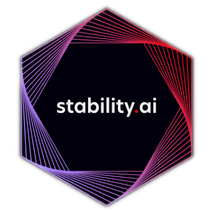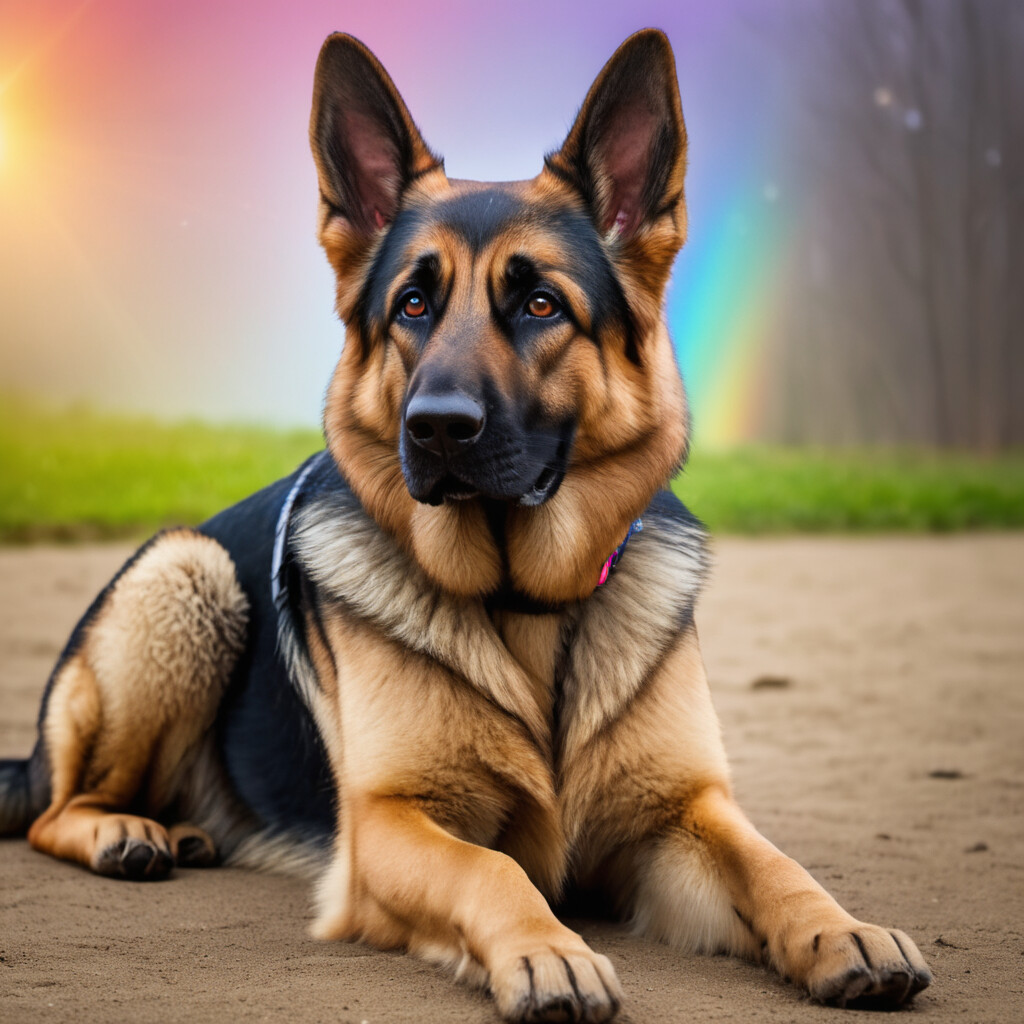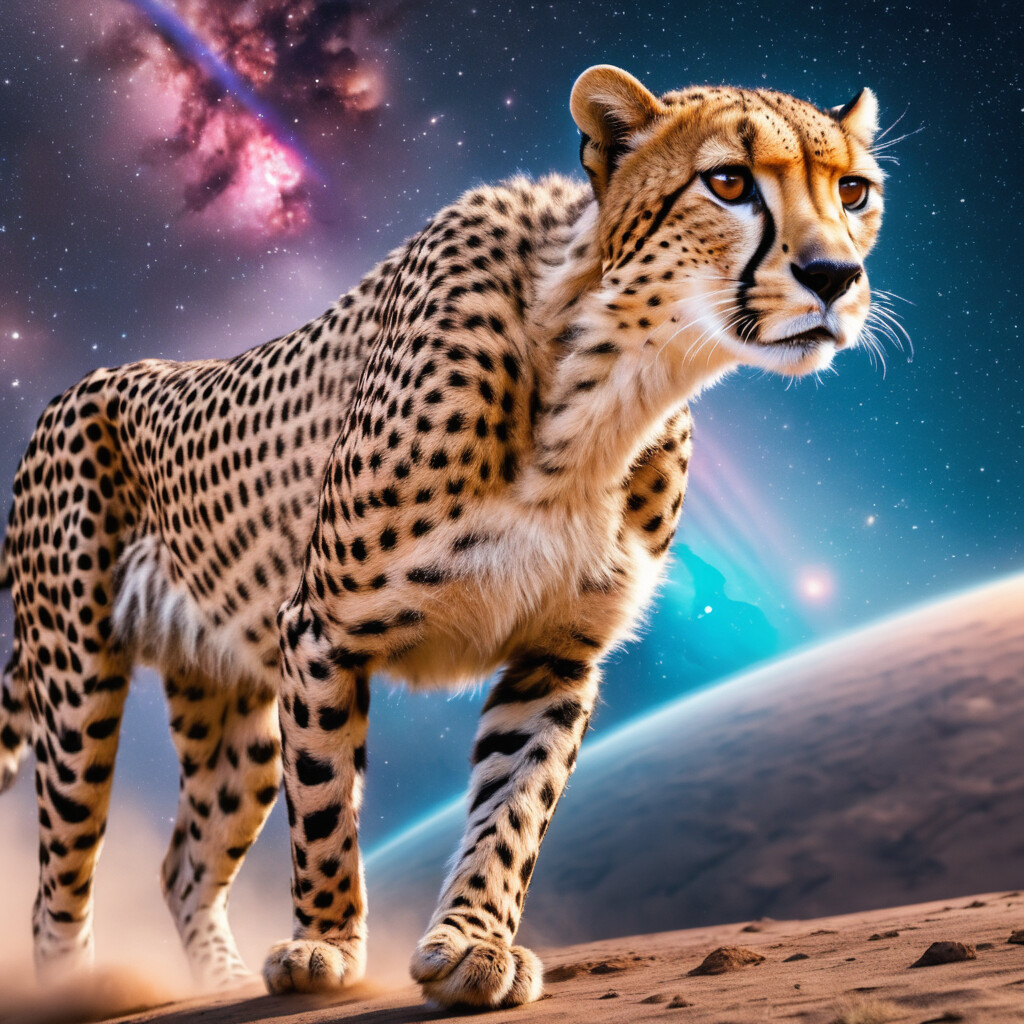Introduction
Greetings tech heads! Ever been curious about how the incredible Stable Diffusion software from Stability AI takes those simple text prompts of yours and transforms them into stunning visual masterpieces? We’re about to embark on an exploration into the world of Stable Diffusion, the latent diffusion model that’s capturing everyone’s imagination. From its intricate workings to its artistic outputs, the journey through the realms of AI and creativity is sure to be as enlightening as it is fascinating. Let’s dive in.
Understanding the Basics: What is Stable Diffusion?

Stable Diffusion belongs to a category of deep learning models known as diffusion models, which are designed to generate new data similar to what they’ve seen during training. In the case of Stable Diffusion, this data is images. The process is akin to diffusion in physics, where an initial state gradually spreads out over time. In Stable Diffusion, this concept is applied in two phases: forward and reverse diffusion.
Forward Diffusion: Adding Noise to Images
Imagine you have a crystal-clear image of a cat or dog. Now, let’s explore what happens in the forward diffusion phase of Stable Diffusion. This phase is all about transforming clarity into chaos, much like watching a story fade into a myth.
> The Starting Point: We begin with our clear, distinct image – let’s say, a picture of a playful dog or a serene cat. This image is sharp, with every detail, from the whiskers of the cat to the fur of the dog, distinctly visible.
> Introducing Noise: As we enter the forward diffusion process, we start introducing noise into this image. Think of noise as a series of random dots or static that gradually overlay on the picture. Initially, these dots are sparse and hardly noticeable.
> Gradual Transformation: Slowly, as the process continues, more and more noise is added. The once-clear image starts to lose its sharpness. The edges blur, the colours merge, and the distinct features begin to dissolve. It’s like watching the dog or cat wade into a mist.
> Diffusion, Like Ink in Water: Imagine dropping ink into a bowl of water. At first, the ink is dense and concentrated, but gradually, it spreads out, becoming thinner and more widespread, until it’s just a faint tint in the water. Similarly, in forward diffusion, the noise spreads through the image, making it less and less recognisable.
> Reaching Maximal Entropy: The process continues until the noise completely overwhelms the original image. Now, our cat or dog is no longer discernible. What remains is a chaotic, noisy pattern with no clear structure or form. It’s as if the original image has turned into a forgotten dream, obscured by the mists of memory.
Reverse Diffusion: Recovering Images from Noise
After forward diffusion has transformed our clear image into an unrecognisable state, reverse diffusion steps in like a restorer of lost art. It’s a journey from entropy back to order, from noise back to meaning.
> Starting with Noise: Imagine the noisy, chaotic image left by forward diffusion – a canvas of randomness without any discernible form. This is our starting point in reverse diffusion, where we have everything and nothing at the same time.
> Guided by Prompts: Enter the text prompt – your creative wish. It’s like a beacon or a set of instructions for the AI. For instance, if your prompt is “a majestic lion standing on a cliff at sunset,” the AI now has a mission. It knows what image it needs to recover from the noise.
> Denoising Step by Step: Reverse diffusion works by gradually removing the noise added during forward diffusion. It’s akin to chipping away at a block of marble to reveal the statue within. With each step, the AI consults the text prompt, ensuring that each change brings the image closer to what the prompt describes.
> Emerging Imagery: As the process continues, faint outlines begin to emerge from the noise. These outlines gradually become clearer and more defined. In our example, the shape of the lion might start to materialise, followed by the details of its mane, the expression in its eyes, and the backdrop of the cliff and the sunset.
> Details and Refinement: Each successive step refines the image further. Colors start to align with the prompt, textures take shape, and the composition falls into place. The AI’s algorithms work tirelessly, denoising and adjusting, guided by the intricate dance between the text prompt and the latent image.
> The Final Reveal: At the end of the reverse diffusion process, what was once a noisy mess transforms into a coherent, detailed image that aligns with the text prompt. The majestic lion on the cliff at sunset is now vivid, almost as if it were painted by an artist’s hand, yet born from the AI’s digital brush.

How is Stable Diffusion Trained?
In the training of Stable Diffusion, the process begins with clear, detailed images, which are systematically altered by introducing noise. This step is crucial as it simulates the forward diffusion phase, setting the stage for the noise predictor’s training. The noise predictor’s role is to learn from this chaos – to recognise and estimate the varying levels of noise introduced into these images. Its ability to discern the noise level is what prepares it for the subsequent phase of reverse diffusion.
The choice of the U-Net architecture for the noise predictor is particularly significant. Known for its proficiency in handling complex image data, U-Net is adapted in Stable Diffusion not just to process images but to delve deeper. It’s reconfigured to understand and accurately predict the patterns of noise within the images. This understanding is vital for the noise predictor to fulfil its role effectively.
As the noise predictor undergoes training, it is exposed to numerous iterations and varying levels of noise. With each iteration, its proficiency in noise estimation improves. This aspect is key in the reverse diffusion process. By accurately gauging the noise content in any given image, the noise predictor becomes instrumental in effectively removing this noise, thereby allowing the AI to reconstruct the intended image based on the text prompt.

The Latent Diffusion Model: Speed and Efficiency
Diverging from some diffusion models that operate in pixel space, Stable Diffusion employs a more efficient approach by working in latent space. This method is significantly faster owing to the latent space’s smaller size compared to the high-dimensional image space. This efficiency is achieved through a technique known as the variational autoencoder (VAE), which is composed of two integral parts: an encoder and a decoder. The encoder’s role is to compress an image into a lower-dimensional representation within the latent space. This compression reduces the complexity and size of the data, making the process more manageable and swift. Once compressed, the decoder comes into play, effectively restoring the image from this compressed latent representation. The interplay between the encoder and decoder in latent space is a key factor in Stable Diffusion’s speed and effectiveness, enabling it to rapidly generate high-quality images from textual prompts.
The Text-to-Image Magic
Stable Diffusion shines in its text-to-image capability. When you provide a text prompt, the model uses text conditioning to steer the noise predictor, so the resulting image aligns with your prompt. The text prompt is processed through several stages:
> Tokenizer: Converts words into numerical tokens.
> Embedding: Transforms tokens into vectors, capturing word relationships.
> Text Transformer: Further processes embeddings for the noise predictor.
> Cross-Attention Mechanism: Integrates prompt information with the image generation process.
Step-by-Step: From Prompt to Picture
Here’s a simplified breakdown of the text-to-image process:
> Generate a random tensor in latent space (initial noisy image).
> The noise predictor estimates the noise of this latent image.
> The estimated noise is subtracted, gradually refining the image.
> Repeat the above steps for a specific number of sampling steps.
> The decoder of VAE converts the final latent image back to pixel space.

Classifier-Free Guidance Scale (CFG)
A vital component of Stable Diffusion’s functionality is the Classifier-Free Guidance (CFG) scale, which plays a pivotal role in determining the fidelity of AI-generated images to the given text prompts. The CFG scale essentially dictates the level of adherence the resulting images have to the input prompts. Opting for a higher CFG scale setting leads to a more stringent alignment with the prompt, thereby enabling the generation of images that more accurately reflect the specified details and nuances. This control mechanism empowers users to fine-tune the creative output, ensuring that the images produced not only capture the essence of their prompts but also meet their precise artistic or functional requirements.
In Conclusion
Stable Diffusion marks a monumental advance in the field of AI-driven image generation. This technology bridges the gap between straightforward text prompts and the creation of complex, intricate images, ushering in a realm of boundless creative potential. It stands as a beacon for artists, technologists, and AI aficionados alike, offering a tantalizing peek into the evolving landscape of digital creativity. With its ability to translate mere strings of words into vivid, detailed visual representations, Stable Diffusion not only showcases the power of modern AI but also ignites the imagination, hinting at a future where the boundaries of art and technology continue to blur and expand.
✌🏻 PEACE & HARMONY 🕊️ <–> ❤️🔥 LOVE & UNITY 💞 <–> 😊 JOY & CREATIVITY 🎨

